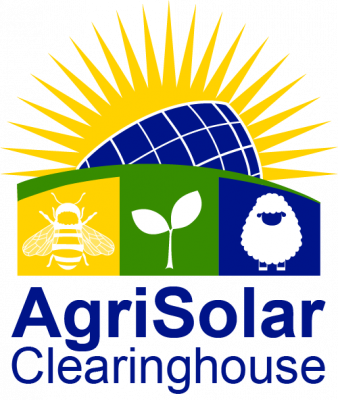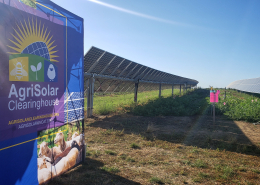
Harvesting the Sun, the Agrisolar Short Film, is Available Now!
Across the country, farmers, landowners, researchers, and solar companies are working together to harvest the sun twice: once with crops, honey, pollinators, and forage for grazing animals, and again with solar panels. This co-location…
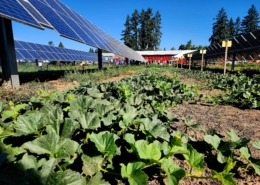
Agrisolar Short Film Coming Soon- Watch the Trailer Now!
Coming February 27th: The Agrisolar Short Film Harvesting the Sun!
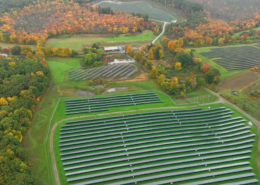
How Agrisolar Helped the Cows Come Home to One Northeast Farm
For more than 150 years, Knowlton Family Farms in Grafton, Massachusetts, has been a family-owned operation. It has grown and shrunk over the years, and now it is back in a period of expansion thanks to combining solar-energy production with…
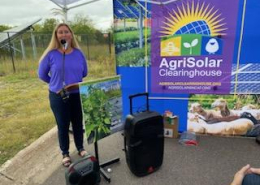
North Metro TV Features AgriSolar Farm to Table Event
Thanks to NCAT’s AgriSolar Clearinghouse and its partners, people across the country are enjoying local food produced underneath solar panels. The most recent farm to table event, held in partnership with Big River Farms at Connexus Energy,…
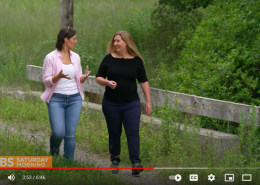
CBS ‘Saturday Morning’ Features AgriSolar
CBS Saturday Morning featured NCAT’s AgriSolar Clearinghouse and one of the farmers who is partnering with an energy company to graze his sheep among their solar panels during a six-minute piece that aired nationwide.
Pairing farming with…
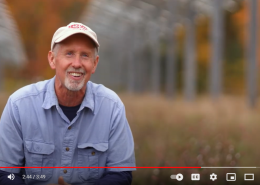
WATCH: How AgriSolar Helped the Cows Come Home to One Northeast Farm
For more than 150 years Knowlton Family Farms in Grafton, Massachusetts has been a family-owned operation. It’s grown and shrunk over the years, and now is back in a period of expansion thanks to combining solar energy production with agriculture.
The…
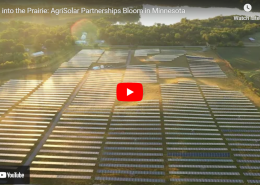
WATCH: AgriSolar Partnerships Bloom in Minnesota
Minnesota energy companies, solar developers, farmers, and chefs are partnering in innovative ways to grow food, renewable energy, and pollinator habitat all within the same piece of land. The National Center for Appropriate Technology’s (NCAT)…

AgriSolar ‘Farm to Table’ Event Offers an Agrivoltaic Feast
In February of 2023, the AgriSolar Clearinghouse held an AgriSolar “Farm to Table” event at Biosphere 2 in Tucson, Arizona, in conjunction with the GreenBiz23 conference.
Similar to the AgriSolar Clearinghouse “Follow the Sun”…
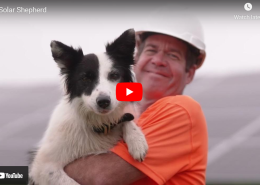
VIDEO: How A Shepherd and Solar Developer Are Joining Forces to Grow Sheep, Clean Energy
The National Center for Appropriate Technology’s (NCAT) AgriSolar Clearinghouse today premiered its short film “The Solar Shepherd” during the 2023 Solar Farm Summit in Chicago.
The film showcases a family-owned farm in central Massachusetts…
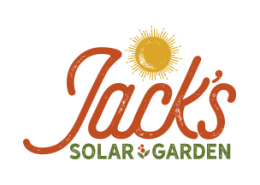
Watch: Agrivoltaics at Jack’s Solar Garden
Jack's Solar Garden's 2022 season caught on film by documentarian Chad Weber of Longmont, Colorado. Hear from our people, see the work that has been done, decide how the future of solar development on America's farmland.
